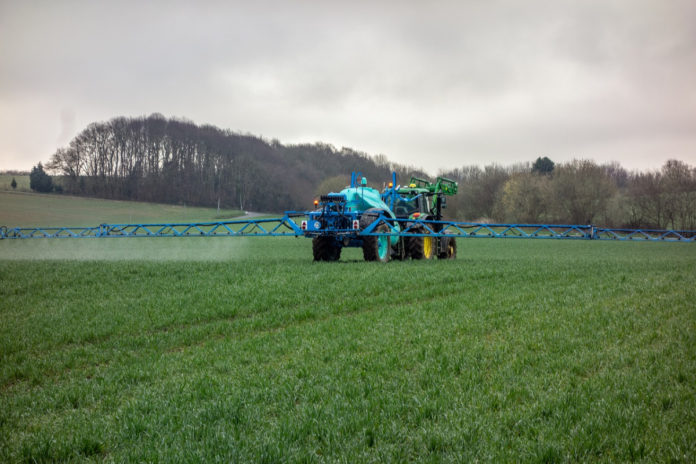Irish Water has reported that the contamination of waterways in Ireland from agricultural inputs has continued into 2020, especially from weed control products such as MCPA, fluroxypyr and 2,4-D.
The detected levels of chemicals have occasionally exceeded legally permitted limit in drinking water.
Areas of concern
The six areas of particular concern are as follows:
- Longford Central (MCPA);
- Newcastlewest (MCPA);
- Belturbet (MCPA);
- Cavan RWSS (MCPA);
- Clonroche (Bentazone);
- Newport (Glyphosate/MCPA).
Commenting on this issue, Andrew Boylan, Irish Water’s regional drinking water compliance specialist said: “At a time of significant challenges for farmers and other essential workers managing land we are asking everyone to continue to be mindful to protect the water bodies.”
“Providing safe, clean drinking water for all is our first priority. In Ireland, the majority (82 per cent) of drinking water supplies come from surface water sources such as rivers, lakes and streams. Such supplies are vulnerable to contamination from land and animal run-off.”
“Irish Water asks users of pesticide products to consider the vulnerability of the drinking water supply to pesticide contamination and the importance of this supply to the local community.”
Regulations
Current regulations are so strict that even a drop of a pesticide is enough to breach the drinking water limit in a small stream for up to 30 kilometres.
According to Irish Water, this clearly highlights the level of care needed to protect drinking water sources.
Guidelines
Irish Water has issued the following guidelines to reduce the risk of contamination when spreading agricultural inputs.
- Choose the right pesticide product (Note that products containing MCPA are NOT approved for use in weed-wipers);
- Read and follow the product label;
- Determine the right amount to purchase and use;
- Don’t spray if rain is forecast in the next 48 hours;
- Make sure you are aware of the location of all nearby watercourses;
- Comply with any buffer zone specified on the product label to protect the aquatic environment. Mark out the specified buffer zone from the edge of the river or lake or other watercourse;
- Never fill a sprayer directly from a watercourse or carry out mixing, loading or other handling operations beside a watercourse;
- Avoid spills, stay well back from open drains and rinse empty containers 3 times into the sprayer;
- Store and dispose of pesticides and their containers properly.
Information leaflets on pesticide use are also available to download from the Teagasc website.





